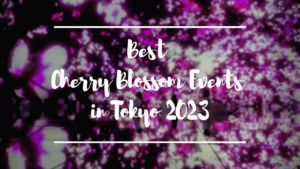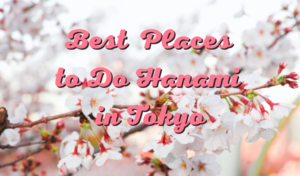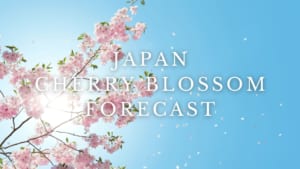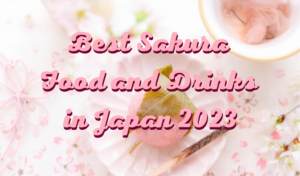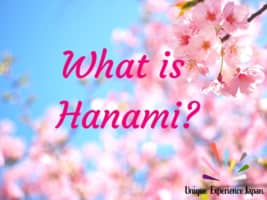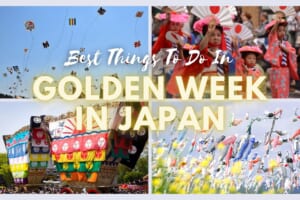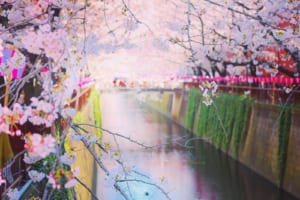Shunbun no Hi: Vernal Equinox Day in Japan
The Japanese celebration to welcome the Spring!

Japan is a country where nature has been given a great importance since ancient times. Due to its status as an island, the climatic conditions have a great influence on the life of the farmers and people working in the countryside (especially on their rice fields and crops, etc.).
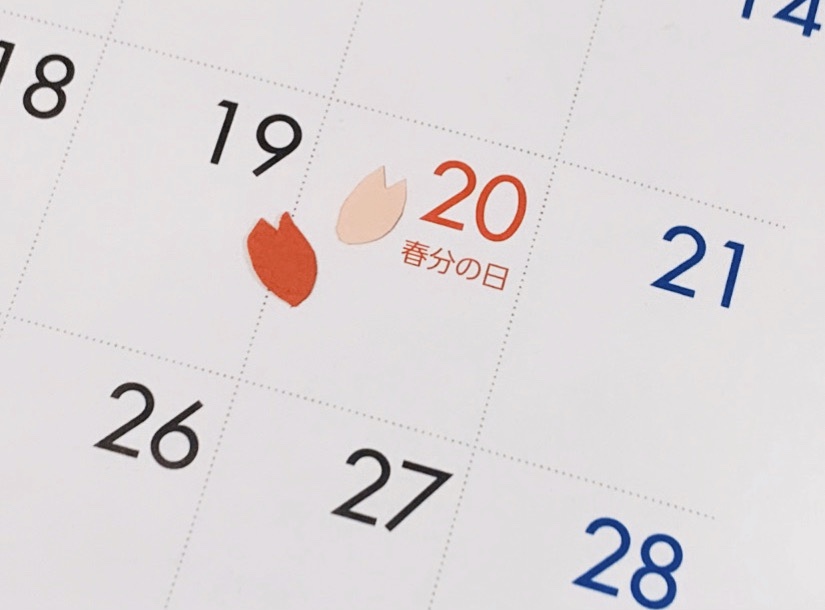
This respect and worship of nature has been maintained to this day, and we can see various days dedicated to it, such as the green day, the day of the mountain or the day of the sea. Also when you live in Japan you notice how Japanese people enjoy the different seasons and what they have to offer: with special dishes or meals, or for example the famous momiji-gari in autumn, which consists of going to enjoy the colors of autumn.
The Shunbun no Hi
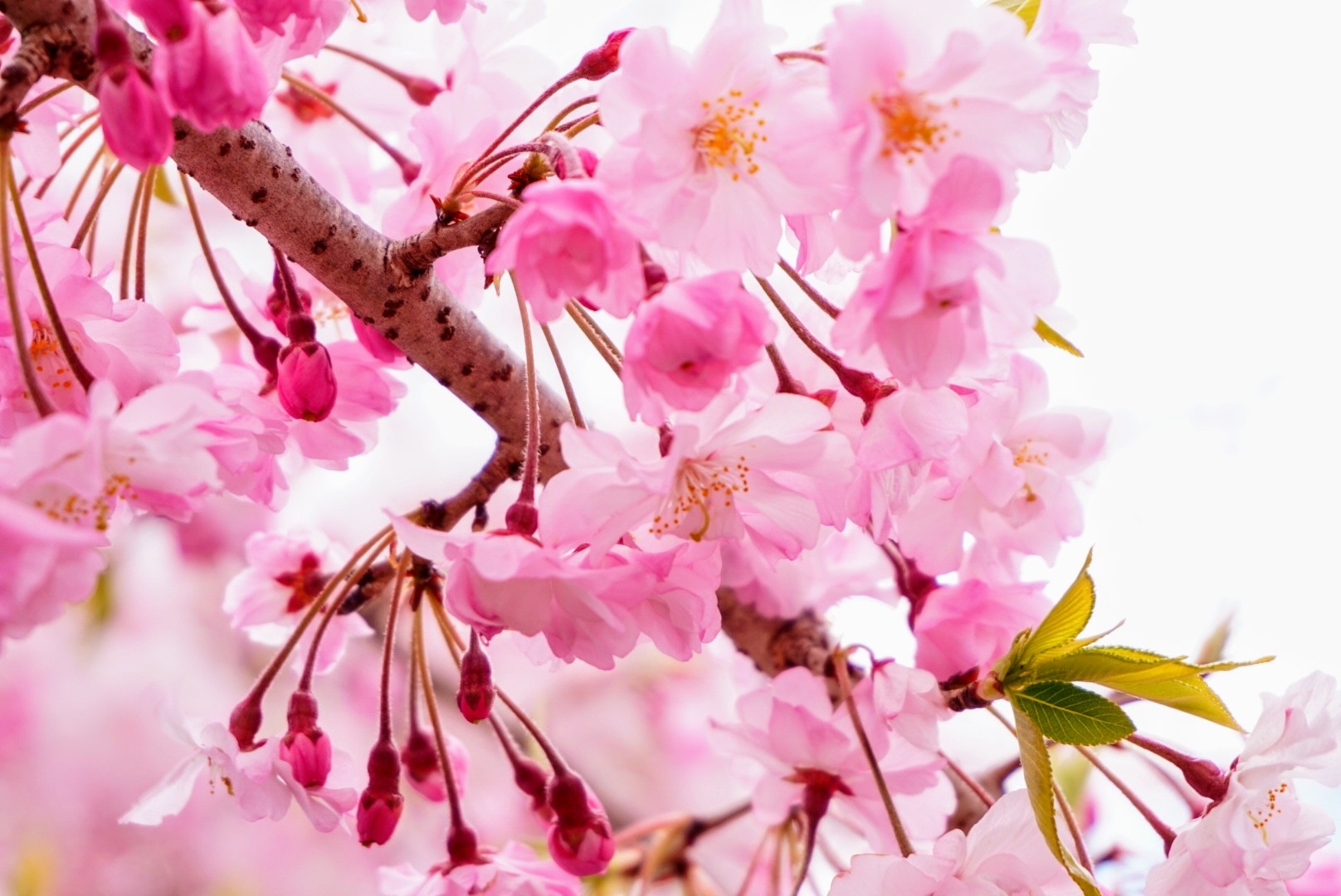
Spring is, without a doubt, the most awaited season of all, because the number one national attraction appears: the cherry blossoms. Every year around March 20 or 21 is Shunbun no Hi (春分の日) or Vernal Equinox Day, the day that officially marks the beginning of spring. This day is a national holiday, and taking advantage of the longer and warmer days, many people take this day to go to parks or nearby areas and start the ‘hanami’ session, or simply go to contemplate the first cherry blossoms.
Shunbun no Hi was originally a Shinto holiday called Shunki Koreisai, when Shinto had a big presence in politics. After the Second World War, in 1948 several reforms were made in Japan to separate religion from state. Also, this celebration was linked to the imperial family, who had a great influence in the Meiji era. During the Shunki Koreisai people worshipped their ancestors, but also prayed respect to the past members of the imperial family. At the end of World War II the. American Government allowed Japan to keep the figure of the Emperor for various reasons, but the imperial family, although it has remained important, lost considerable power in state affairs.
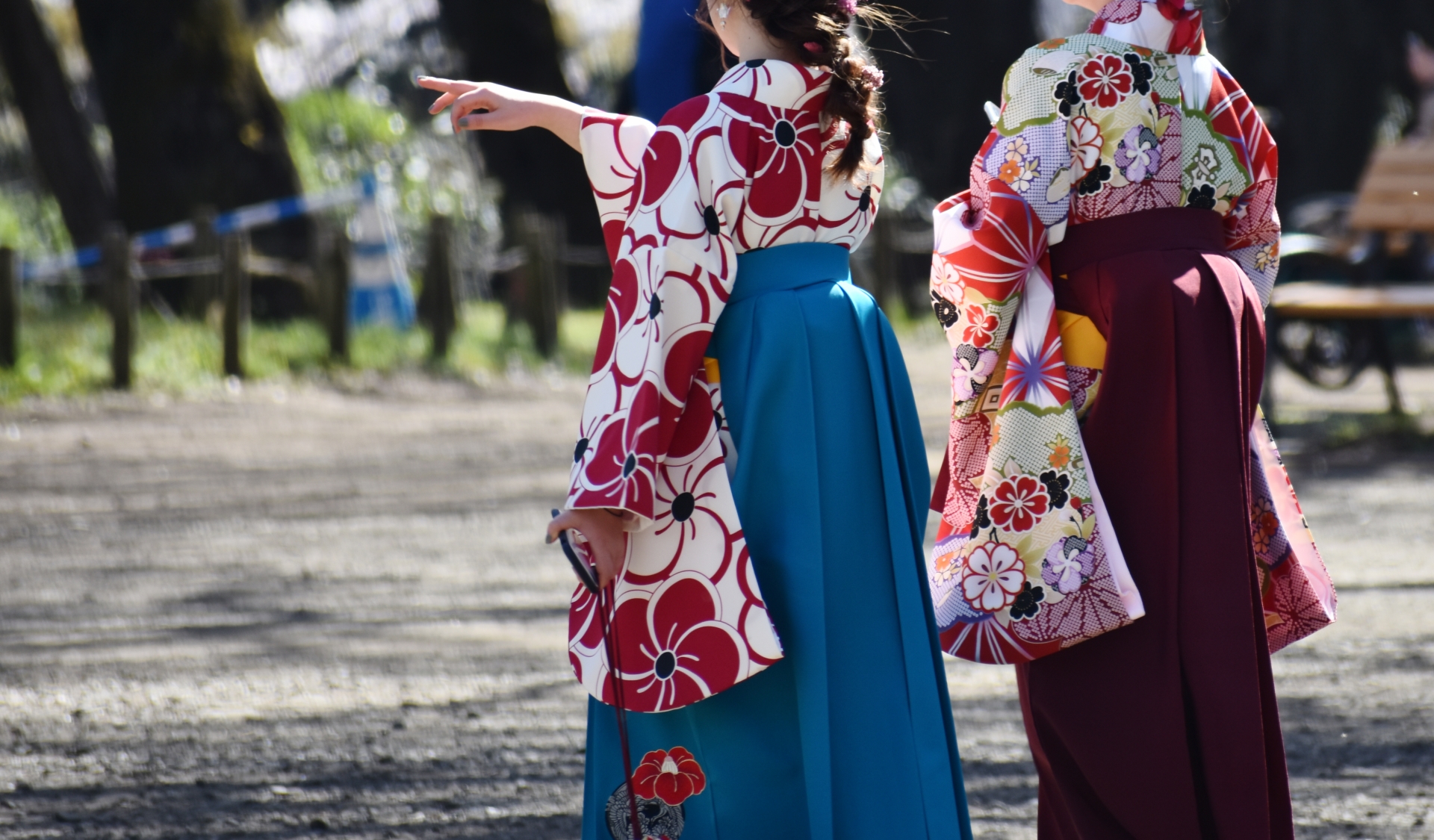
So in 1948 Shunki Koreisai was changed to the current celebration Shunbun no Hi, a day to celebrate the beautiful of the nature and living creatures. For students, it’s also the day that marks the beginning of spring break, the longest holiday period in Japan. In the days leading up to it, the closing ceremony of the semester, or the graduation ceremony for seniors, is held. If you are in Japan for these dates, you probably will see many Japanese girls wearing the graduation kimono, usually a hakama type that is only used for the University graduation ceremony.
The origin of the Shunbun no Hi
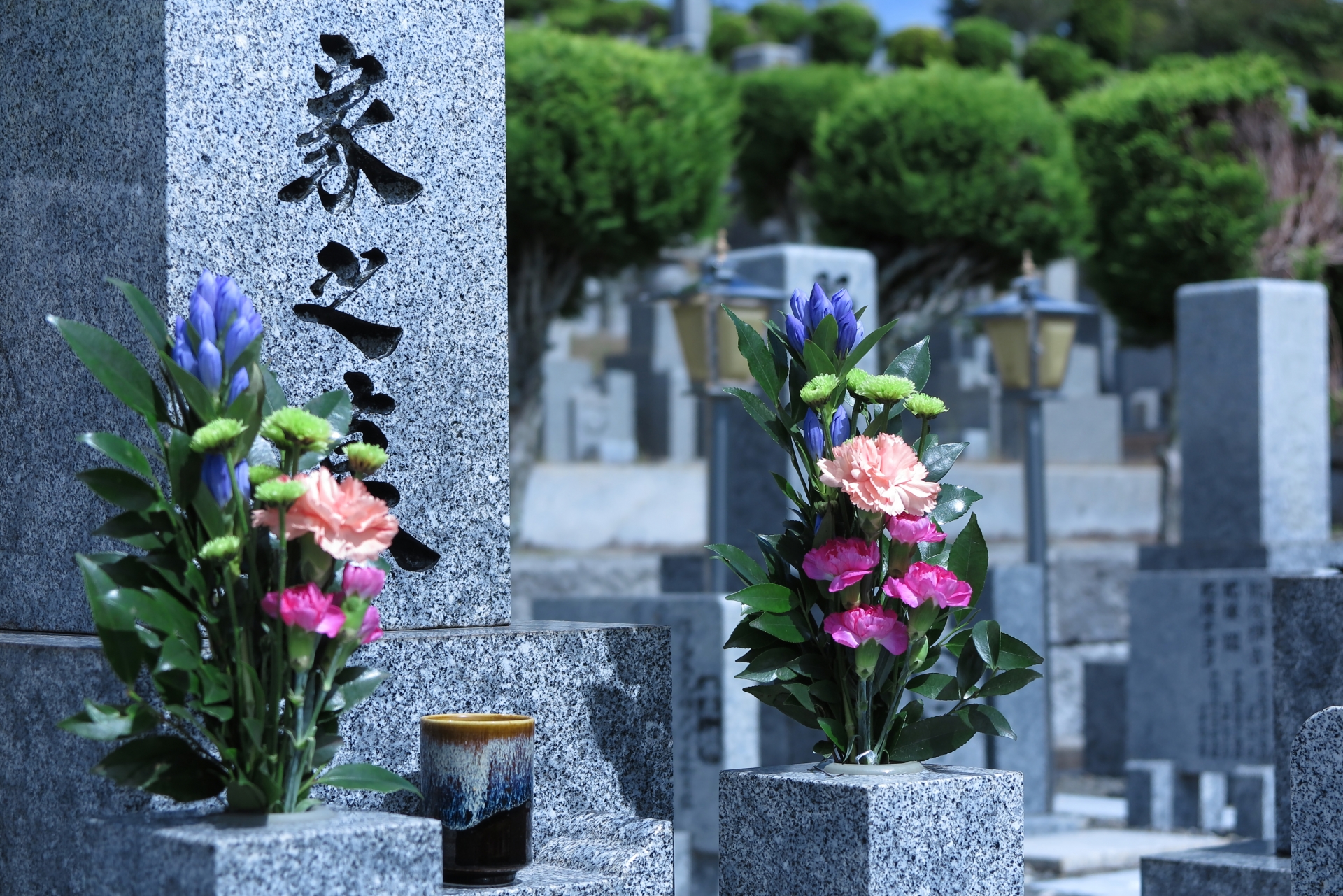
In fact this holiday is a part of a seven-day period Buddhist holiday celebration called Haru no Higan (春の彼岸). Shunbun no Hi is exactly the middle day, since this celebration starts 3 days before and ends 3 days after. In Buddhism it’s believed that during the summer equinox, when the hours of light and darkness are equal, Buddha appears and helps lost souls cross the river between this world and the other. Other beliefs point to the Sukhavati (the Other World in Buddhism), which is located in the east, and in this day both worlds come together and the chance to communicate with the Other World comes true.
In both cases the message is the same: it’s a special moment to honour our loved ones who are no longer here. That is why many Japanese families go on these dates to see the graves of their ancestors to clean them, offer them flowers and food and pray for them. This way they can communicate with them, and help them cross the river. The other big moment is during the autumn equinox, but we will explain this further in other occasion.
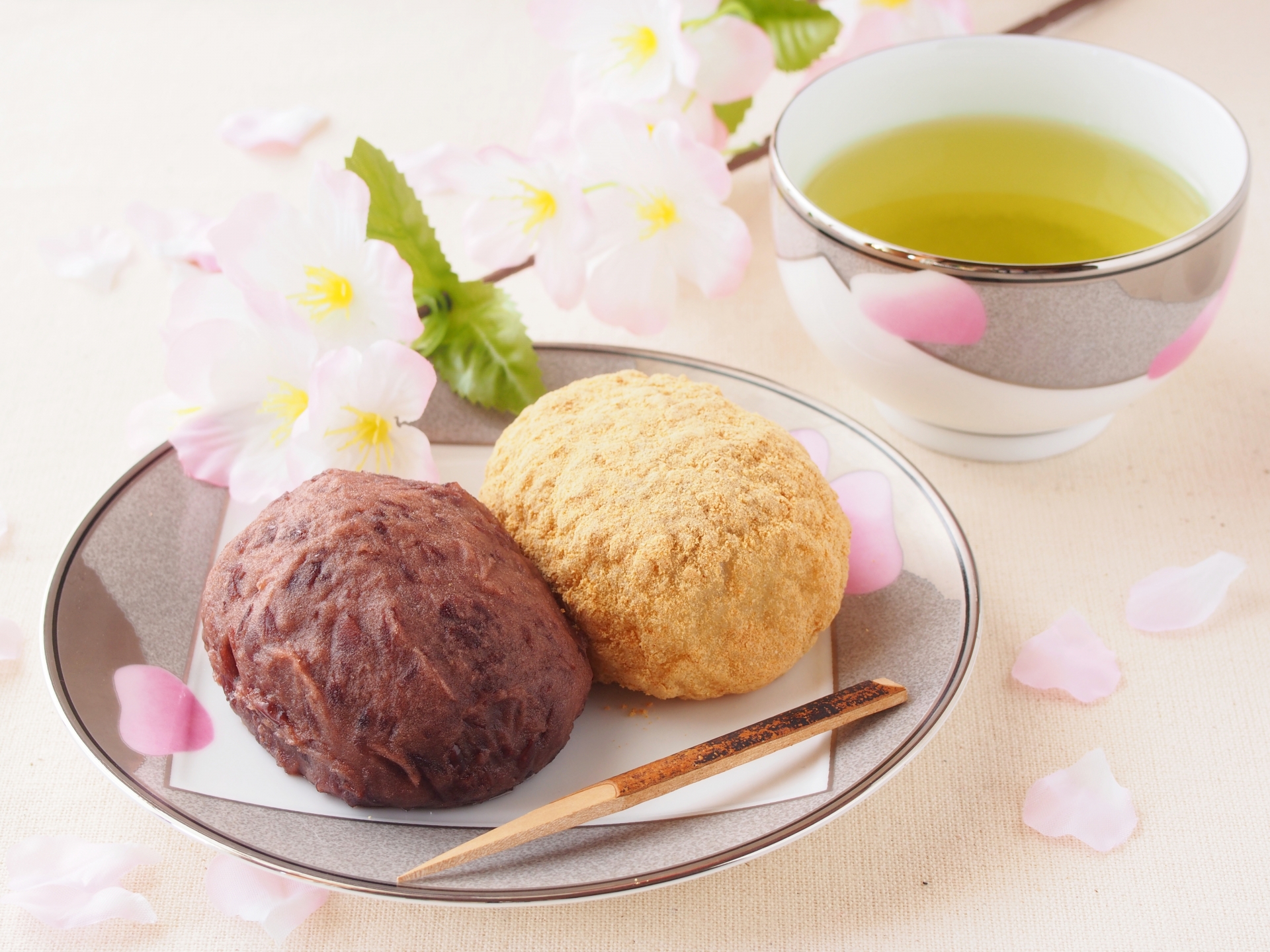
The traditional food for this day is “botamochi”, a rice cake covered with bean powder. Families take it to the graves of their ancestors, often together with a glass of Japanese rice liquor (popularly known as sake).
Thanks for reading! I hope you liked discovering about this national holiday. If you’re in Japan for this day, I recommend you to go to some park or shrine or try to enjoy the cherry blossom to get into the local culture for a little! 🙂
If you liked this article and want to know more about Japanese culture or Japan in Spring, don’t miss these articles too!
▽Related Articles▽
▼Editor’s Picks▼
Written by
From Barcelona to Tokyo. Coffee & Adventure lover🌏☕️
I started to like Japan because of the anime, music and doramas, but after my first trip to the country I found what I love the most: traveling around, the culture and history. I have travelled a lot in Japan, but I still have many places to discover that I want to share with you🙋🏼♀️ Let’s discover Japan together!
Also, as a foreigner living in Japan for over 6 years I understand what kind of things are difficult when you move here and I want to help other people in the same situation that I have in the past.






